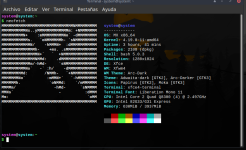- Jul 3, 2015
- 8,153
Okay, I stand corrected. Not sure why MX describes themselves as middle-weight, though, when they pride themselves on running well on weak computers.What no....https://embeddedinventor.com/lightweight-vs-heavyweight-distros-a-comparison/




